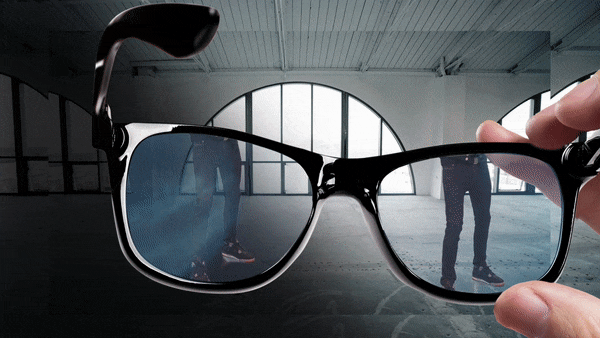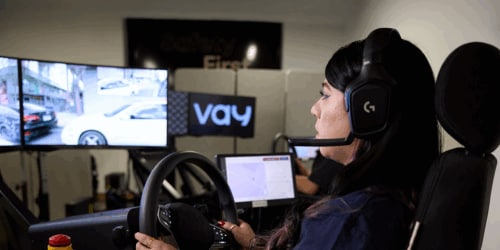Extended Reality (XR) is a major buzzword in tech today, with promises that it will transform the way we communicate and interact with the world around us. While that sounds futuristic and forward-looking, I can tell you it’s all very real … and innovation happening on our network right now is beginning to deliver on those promises.
One year ago, Qualcomm named T-Mobile U.S. as the lead 5G partner for Qualcomm Technologies’ Snapdragon Spaces™ XR Developer Platform in North America. They needed a partner with a powerful, far-reaching 5G network to help deliver on the potential of XR. Since then, we’ve been on a mission to build immersive 5G experiences for AR glasses, working with startups and developers through programs like our T-Mobile Accelerator. We see incredible potential for XR and smart glasses to disrupt industries from education to entertainment while creating new opportunities in the industrial and retail space. While we’re just getting started, I want to highlight some of the incredible innovation this work has enabled already and explain why 5G is so important for this revolutionary technology.
On the Edge
Cloud rendering and edge computing are huge opportunities for XR. By taking the burden of processing and rendering away from the device and moving it into the cloud, we can eliminate the need for bulky headsets while untethering the glasses from your smartphone in the future. Working with T-Mobile Accelerator companies VictoryXR and Mawari, we took a massive step in that direction.
Building on our previous work together – like the 5G-powered VR cadaver lab – VictoryXR created an interactive AR experience for smart glasses to teach students where certain organs within the human body are located using high fidelity lifelike 3D images. Picture a high-tech and educational version of the game Operation. It’s very cool on the surface but it’s truly remarkable when you take a closer look under the hood.
VictoryXR implemented the Mawari Network’s XR Streaming Software Development Kit (SDK), which moved the heavy rendering burden from the device to T-Mobile’s edge servers. Think about that for a minute … data intensive and demanding 3D rendering is being done miles away over our network, and it’s being done without a perceivable delay for the end user. It’s an incredible achievement and a true testament to the power of 5G and the role it will play in the future of XR.
Holographic Communication
XR could very well bring about the next evolution in communication in ways we never could have imagined. T-Mobile Accelerator participant Beem is on a mission to create greater intimacy in digital communication, and they’re using 5G and AR to make it happen. The company created a platform that enables live holographic video calls that can place a lifelike room-scale stream of someone in the room with you. Seems like something straight out of a futuristic sci-fi movie, but this is very real. And It’s happening right now.
While Beem’s solution works great with a phone, we worked with them over the past several months to enable the program on 5G-connected Lenovo ThinkReality A3 smart glasses using the Snapdragon Spaces platform. With the high throughput and near real-time responsiveness of 5G, it truly feels like the person is in the room with you.
Next Generation Gaming
The future of gaming is incredible. Instead of staring at a screen – with smart glasses and Augmented Reality – the world around you becomes your screen, blending fantasy and reality together while unleashing new ways to interact with the game and other players.
Through our T-Mobile Accelerator, Mohx-Games created a new experience for smart glasses that transforms your environment into a world where fireballs shoot from your bare hands like magic so you can defend yourself from a monster that springs from the ground around you. Most remarkably, the company introduced what it calls “Metaverse Multiplayer” – a cross platform multiplayer system that allows users with mobile phones to play along with AR or VR glasses users – remotely or in-person.
These are just a few examples of the amazing innovation taking place through the T-Mobile Accelerator, and we’re excited to share more soon. I’d like to thank all of the participants who joined the program during the spring and summer: Beem, Foundry Six, Krikey, Mawari, Mohx-Games, Pluto, Stops, VictoryXR and weR. And a huge thank you to Qualcomm who continues to be incredible to work with in leading the charge on XR. It’s exciting to see real results leveraging the power of 5G, and like I said, we’re only getting started.
John






